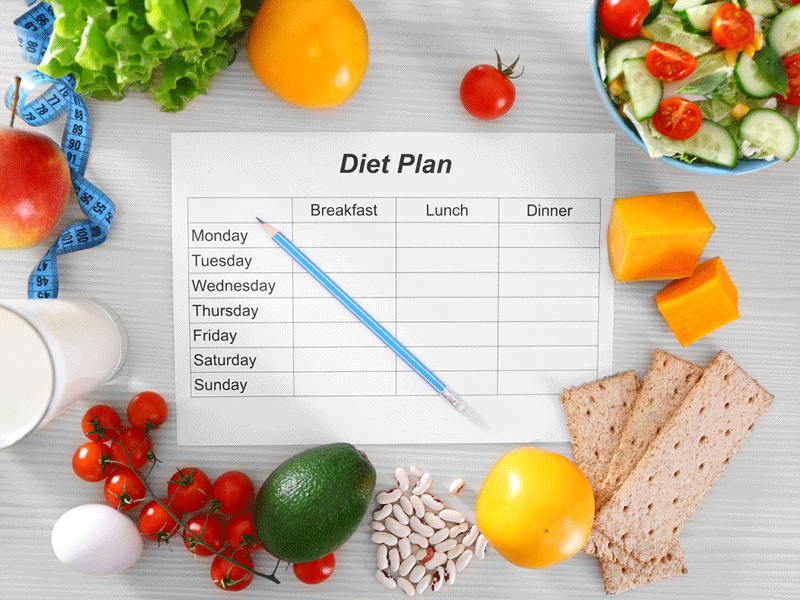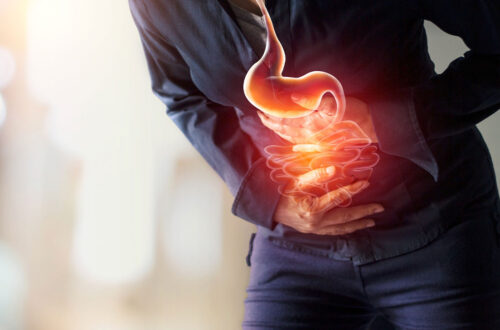Low Calorie and Very Low Calorie Diets
Obesity rates are climbing globally, making effective weight management a critical concern. Central to managing obesity is weight loss, which can be achieved through a combination of dietary changes and regular physical activity.
Among dietary strategies, calorie restriction is a fundamental approach, with low-calorie diets (LCD) and very-low-calorie diets (VLCD) being prominent methods.
The Role of Calorie Restriction in Weight Loss
Calorie restriction involves consuming fewer calories than the body needs to maintain its current weight. There are two primary types of calorie-restricted diets:
- Low-Calorie Diet (LCD): These diets provide between 800 and 1200 calories per day. They are typically combined with behavioral therapy and physical activity to enhance weight loss and improve overall health.
- Very-Low-Calorie Diet (VLCD): These more restrictive diets provide 800 or fewer calories per day. VLCDs are often used for rapid weight loss and can help prevent the common issue of weight regain after initial weight loss.
Challenges and Benefits of Calorie-Restricted Diets
While calorie-restricted diets can be effective, maintaining weight loss over the long term can be challenging. Individuals who do not consistently adhere to their dietary regimen may experience weight regain.
However, VLCDs, which offer more substantial calorie reduction, have been shown to mitigate some of this weight regain.
SEE ALSO: Benefits of Fruits and Vegetables
Detailed Overview of Low-Calorie Diets
A low-calorie diet (LCD) is often prescribed for obese patients to help them lose weight. The caloric intake on an LCD must be lower than the individual’s energy requirement and expenditure.
Determining the appropriate level of calorie intake involves measuring the resting metabolic rate (RMR) and 24-hour energy expenditure (EE) in controlled environments. These measurements help establish the upper limit of calorie intake for effective weight management.
Diets providing between 800 and 1200 kcal per day fall under the category of LCDs. They are tailored to ensure that the calorie intake is below the person’s energy needs, promoting weight loss while maintaining nutritional balance.
Understanding Very-Low-Calorie Diets
The definition of VLCDs has evolved, now referring to total diet replacements that offer between 400 and 800 calories per day. Meal replacements within VLCDs typically range from 200 to 400 calories.
These diets are designed for rapid weight loss and are usually implemented under medical supervision to ensure safety and effectiveness.
The Evolution and Differentiation of Calorie-Restricted Diets
The application of LCDs and VLCDs varies among different populations, including distinctions between men and women, as well as adults and children. These diets are customized based on individual energy requirements and metabolic rates to optimize weight loss outcomes.
The Importance of a Comprehensive Approach
While calorie-restricted diets are pivotal in weight management, a holistic approach that includes behavioral therapy and physical activity is essential for long-term success.
By adopting these strategies, individuals can achieve and maintain a healthier weight, reducing the risk of obesity-related complications.
Addressing the rising challenge of obesity requires effective weight management strategies centered around calorie restriction and regular physical activity.
Both low-calorie and very-low-calorie diets play significant roles in this effort, tailored to individual needs to ensure safety and efficacy. Combining these dietary approaches with behavioral and physical activity interventions offers the best chance for sustained weight loss and improved overall health.
The Origins of VLCD
The concept of the Very-Low-Calorie Diet (VLCD) was first demonstrated to be effective by Evans and Strang in 1929. Their pioneering work showed that a diet consisting of food ingredients providing around 400 kcal per day could significantly aid in weight reduction.
This early version of the VLCD is quite similar to contemporary practices, aiming to achieve a reduction of 14 to 15 kcal per kilogram of body weight, resulting in a weight loss of approximately 2.5 to 3.5 kg per month.
For a more rapid weight reduction, the diet could be adjusted to provide an intake of 6 to 8 kcal per kilogram of body weight.
Developments in the 1970s: Liquid-Protein Diets
In the 1970s, the introduction of hydrolyzed collagen as the sole protein source marked a significant, albeit problematic, development in VLCDs. This “liquid-protein diet” lacked sufficient vitamins, minerals, and electrolytes, leading to numerous health complications and a negative reputation for VLCDs.
Modern Advances in VLCDs
Over the years, VLCDs have been refined to become more nutritionally complete, ensuring adequate weight loss without compromising health. Modern VLCDs are designed to include all essential nutrients, minimizing the risk of complications.
These diets, often combined with behavioral therapy and physical activity, aim to kickstart effective weight loss and promote long-term weight management.
YOU MAY LIKE: 4 Common Hip Injuries from Golf
Composition and Implementation of VLCDs
VLCDs are typically composed of high-protein, low-calorie food replacements. Examples include specially formulated shakes, soups, and bars that provide essential nutrients while maintaining a very low calorie count.
These diets are usually recommended for a continuous period of up to 12 weeks or intermittently, such as alternating every two or three days with a low-calorie or normal diet.
- Total Recommended Calorie Intake: Generally, the recommended daily calorie intake is 2,000 for women and 2,500 for men. However, VLCDs drastically reduce this intake to about 800 calories per day, which is substantially lower.
- Nutritional Adequacy: Modern VLCDs are carefully formulated to ensure they provide the necessary vitamins, minerals, and electrolytes, which are critical for maintaining health while on such a restrictive diet.
Risks and Considerations
While VLCDs can be effective for rapid weight loss, they must be undertaken with caution and ideally under medical supervision. Drastic calorie reduction can lead to serious health problems if not properly managed. Potential risks include nutrient deficiencies, muscle loss, and other metabolic disturbances.
Conclusion
The evolution of VLCDs from their inception by Evans and Strang to modern, nutritionally complete formulations demonstrates significant progress in weight management strategies. Today’s VLCDs, when combined with behavioral therapy and physical activity, provide a powerful tool for achieving initial weight loss and supporting long-term weight control.
However, due to their restrictive nature, they should be used judiciously and under professional guidance to ensure safety and effectiveness.

A graduate of Computer Science and Information Management Technology. Diploma – Caregiving, Certificates – Dementia and Diabetes Awareness and Management. A researcher, blogger, songwriter, singer and acoustic guitarist. Born in an environment where natural talents such as healing are imparted at our natural birth. This natural talents of healing is the result of our genetic inheritance and the training from family environment.














